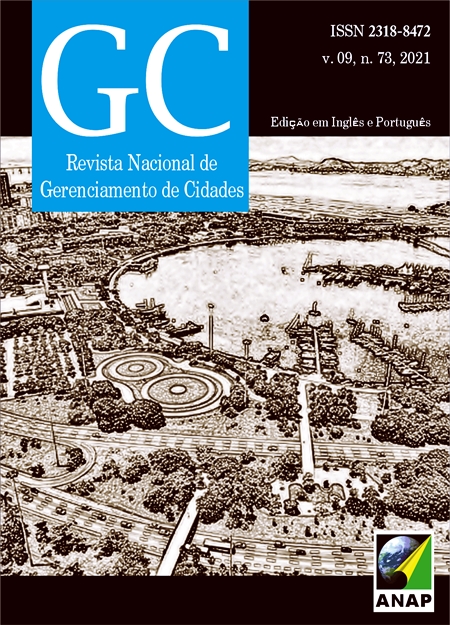Walkability evaluation sourounding university campus
Case study in Marília (SP)
DOI:
https://doi.org/10.17271/2318847297320213009Palavras-chave:
Walkability. Performance indicators. University campus.Resumo
The pedestrian space should encourage walking and offer safety and comfort for all people. One of the most widely used modes of transportation to access a university campus is on foot. To identify the degree of safety and comfort offered by the infrastructure intended for pedestrians around three university campuses in Marilia (SP), to develop their daily activities such as study, research, work and medical care, performance indicators were used, developed by Cerna (2014), and a walkability index, developed by Pires et al. (2017), based on the method proposed by Cerna. The results show that among the evaluated themes, the indicators related to Traffic light, sidewalks, passenger shelters (bus stop), bus stops and sidewalks had the worst scores. These results point to the effectiveness of the method and thus, they can contribute so that managers and owners of buildings around these university campuses can improve the quality of the access infrastructure to the respective universities.















